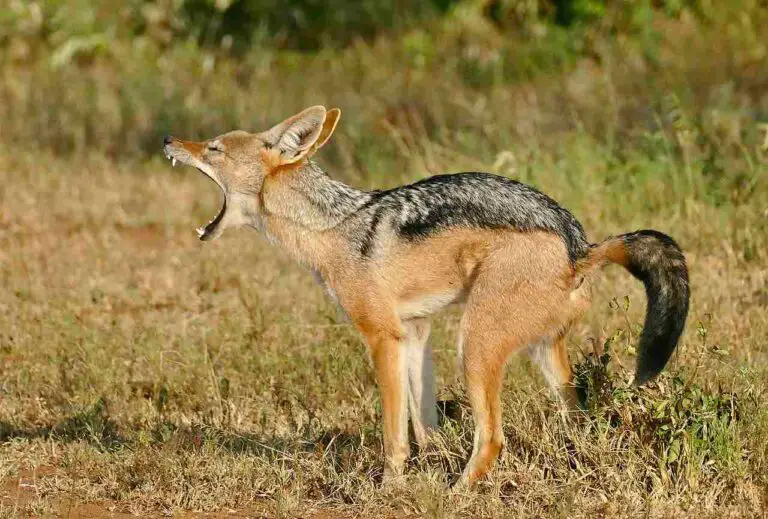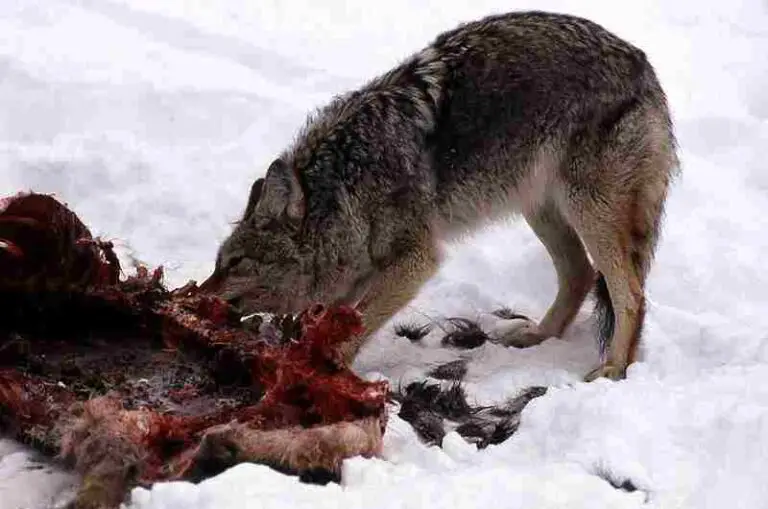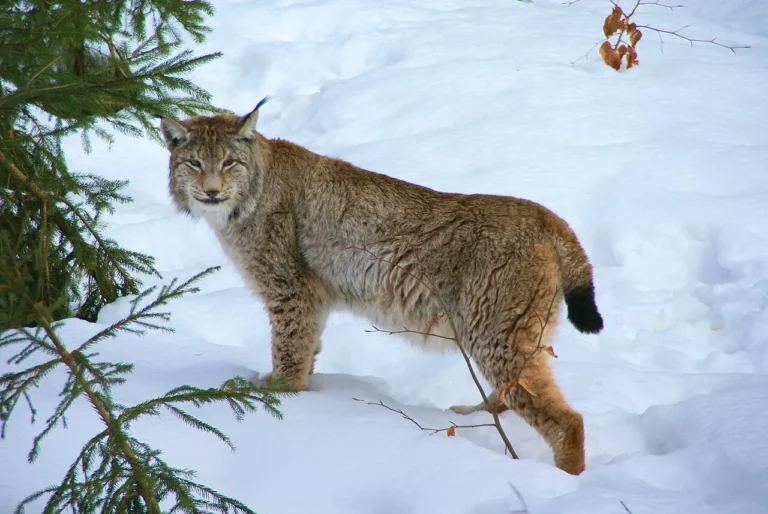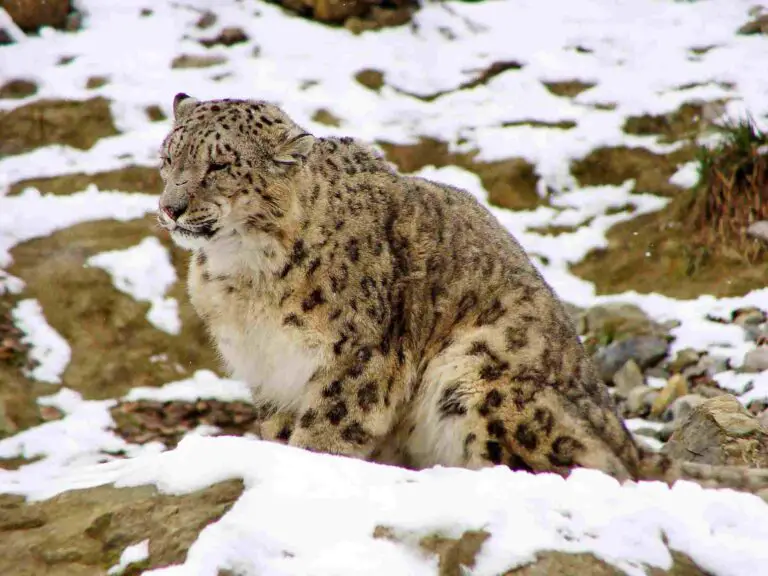Are Eagles Omnivores? Feeding Habits of Eagles Revealed
Eagles are not omnivores like thrushes, crows, cranes, gulls, woodpeckers, and pheasants. Instead, they are carnivores, meaning they primarily feed on other consumers to obtain energy and nutrients. This distinction sets eagles apart from species that have a more varied diet, including both plants and animals.
As carnivores, eagles rely on a diet that consists mainly of animal biomass or flesh. They are obligate or exclusive carnivores, meaning they depend solely on meat for their sustenance. This dietary specialization is reflected in their physical characteristics, such as their sharp beaks and talons, which are adapted for capturing and tearing apart prey.
Eagles are top-level carnivores, occupying the highest trophic level in their respective ecosystems. This means that they have few natural predators and play a crucial role in regulating the populations of their prey species. Their predatory behavior helps maintain the balance of the food chain and contributes to the overall health and stability of their habitats.
It is important to note that eagles typically do not like to consume dead meat (although this does occur). They prefer to hunt live prey, using their keen eyesight and impressive flying abilities to locate and capture their targets. This preference for fresh food ensures that eagles obtain the maximum nutritional value from their meals.
Are Eagles Carnivores?
Eagles are known for their carnivorous feeding habits. They are obligate or exclusive carnivores, meaning they rely solely on animal biomass or flesh for their sustenance. This dietary specialization sets them apart from omnivorous species that have a more varied diet, including both plants and animals.
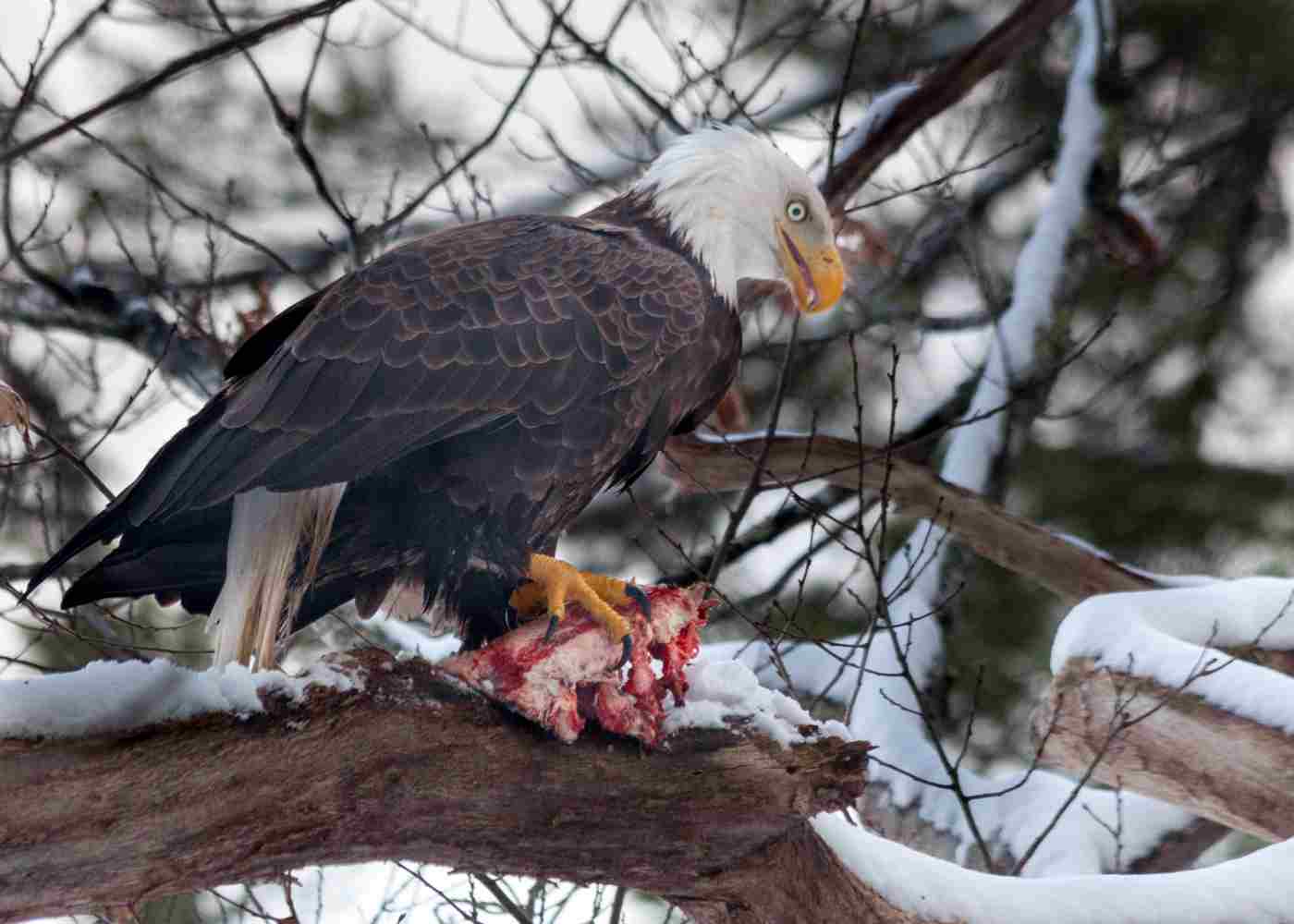
As top-level carnivores, eagles occupy the highest trophic level in their respective ecosystems. This means that they have few natural predators and play a crucial role in regulating the populations of their prey species. Their predatory behavior helps maintain the balance of the food chain and contributes to the overall health and stability of their habitats.
Eagles have evolved physical characteristics that are well-suited for their carnivorous lifestyle. Their sharp beaks and talons are adapted for capturing and tearing apart prey. These specialized tools enable them to efficiently hunt and consume their preferred food sources.
When it comes to their diet, eagles prey on a variety of animals. They are known to target rodents, reptiles, amphibians, other birds, and even small mammals like ungulates and canids. Their hunting techniques vary depending on the species and size of their prey. Some eagles, like the Bald Eagle, are known for their impressive fishing skills, swooping down to snatch fish from the water’s surface.
Eagles are highly skilled hunters, relying on their keen eyesight and impressive flying abilities to locate and capture their targets. Their exceptional vision allows them to spot prey from great distances, and their powerful wings enable them to soar through the sky with agility and speed. These adaptations make them formidable predators in their respective habitats.
Eagles typically prefer to consume fresh food. While they may occasionally scavenge on carrion or consume dead meat, their preference is to hunt live prey. This ensures that they obtain the maximum nutritional value from their meals and helps maintain their overall health and vitality.
Are Bald Eagles Carnivores?
Yes, like other species of eagles, Bald Eagles are carnivores. They rely solely on animal biomass for their sustenance and do not feed on plants. Their diet consists of a wide range of prey, including rodents, reptiles, amphibians, other birds, and even small mammals like ungulates and canids.
Bald Eagles, as diurnal carnivores, primarily hunt for prey during the daytime. They have evolved sharp beaks and talons that are well-suited for capturing and tearing apart their prey. These specialized tools enable them to efficiently hunt and consume their preferred food sources.
When it comes to hunting techniques, Bald Eagles are known for their impressive fishing skills. They have the ability to swoop down and snatch fish from the water’s surface. This unique hunting behavior sets them apart from other eagle species and showcases their adaptability to different environments.
Bald Eagles are highly skilled hunters, relying on their exceptional vision and flying abilities to locate and capture their targets. Their keen eyesight allows them to spot prey from great distances, and their powerful wings enable them to soar through the sky with agility and speed. These adaptations make them formidable predators in their habitats.
In terms of their diet, Bald Eagles typically prefer fresh food. While they may occasionally scavenge on carrion or consume dead meat, their preference is to hunt live prey. This ensures that they obtain the maximum nutritional value from their meals and helps maintain their overall health and vitality.
Bald Eagles play a crucial role in regulating the populations of their prey species. As top-level carnivores, they occupy the highest trophic level in their ecosystems. This means that they have few to no natural predators and contribute to the balance of the food chain. Their predatory behavior helps control the populations of smaller animals, preventing overpopulation and maintaining the overall health and stability of their habitats.
Are Bald Eagles Omnivores?
No, Bald Eagles are not omnivores. They are rather diurnal carnivores that primarily hunt for prey during the daytime. Unlike omnivores, they do not include plants in their diet.
Bald Eagles, like other species of eagles, rely solely on animal biomass for their sustenance. Their diet consists of a wide range of prey, including rodents, reptiles, amphibians, other birds, and even small mammals like ungulates and canids. They have evolved sharp beaks and talons that are well-suited for capturing and tearing apart their prey, making them efficient hunters.
One of the unique hunting techniques of Bald Eagles is their impressive fishing skills. They have the ability to swoop down and snatch fish from the water’s surface. This behavior sets them apart from other eagle species and showcases their adaptability to different environments.
Bald Eagles are highly skilled hunters, utilizing their exceptional vision and flying abilities to locate and capture their targets. Their keen eyesight allows them to spot prey from great distances, and their powerful wings enable them to soar through the sky with agility and speed. These adaptations make them formidable predators in their habitats.
While Bald Eagles may occasionally scavenge on carrion or consume dead meat, their preference is to hunt live prey. This ensures that they obtain the maximum nutritional value from their meals and helps maintain their overall health and vitality. They are strict carnivores, relying on fresh food sources for their sustenance.
As top-level carnivores, Bald Eagles play a crucial role in regulating the populations of their prey species. They occupy the highest trophic level in their ecosystems, meaning they have few to no natural predators. Their predatory behavior helps control the populations of smaller animals, preventing overpopulation and maintaining the overall health and stability of their habitats.
Are Eagles Herbivores?
No, eagles are not herbivores. In fact, they are strict carnivores, meaning they primarily consume meat. Unlike herbivores, which rely on plant-based diets, eagles do not include plants in their diet at all. Their feeding habits are focused solely on animal biomass.
Eagles, including the majestic Bald Eagle, have evolved to be highly efficient hunters. They possess sharp beaks and talons that are perfectly adapted for capturing and tearing apart their prey. These adaptations allow them to hunt a wide range of animals, including rodents, reptiles, amphibians, other birds, and even small mammals like ungulates and canids.
One of the remarkable hunting techniques of eagles, including the Bald Eagle, is their ability to fish. They have developed impressive fishing skills, enabling them to swoop down and snatch fish from the water’s surface. This behavior sets them apart from other eagle species and showcases their adaptability to different environments.
Eagles are diurnal hunters, which means they primarily hunt for prey during the daytime. They rely on their exceptional vision and flying abilities to locate and capture their targets. Their keen eyesight allows them to spot prey from great distances, and their powerful wings enable them to soar through the sky with agility and speed.
As top-level carnivores, eagles play a crucial role in regulating the populations of their prey species. They occupy the highest trophic level in their ecosystems, meaning they have few to no natural predators. Their predatory behavior helps control the populations of smaller animals, preventing overpopulation and maintaining the overall health and stability of their habitats.
FAQs
1. Are Eagles Carnivores or Omnivores?
Eagles are known for their impressive hunting skills and sharp beaks and talons, but what exactly is their dietary preference? Are they carnivores or omnivores? Let’s explore this question further.
Carnivores, as the name suggests, primarily consume meat. They have specialized adaptations, such as sharp teeth and claws, to catch and kill their prey. Eagles fall into this category, as they predominantly feed on other animals. Their diet mainly consists of freshly killed prey like rodents, fish, and other birds. They are skilled hunters, using their keen eyesight to spot their targets from great distances and swoop down with incredible speed and precision.
While eagles are carnivores, it’s important to note that they are not as versatile as omnivores. Omnivores have the ability to consume both plant and animal matter. They have a wider range of food options, which allows them to adapt to different environments and seasons. Eagles, on the other hand, rely primarily on animal protein for their nutritional needs.
Therefore, eagles are carnivores, specializing in hunting and consuming other animals. Their diet consists mainly of freshly killed prey, such as rodents, fish, and other birds. While they are not omnivores, their hunting skills and dietary preferences make them highly efficient predators in their ecosystems.
2. What do Eagles Eat?
Eagles have a diverse diet that primarily consists of freshly killed prey like rodents, fish, other birds, as well as carcasses of dead animals killed by other causes. Let’s delve deeper into the specific types of food that eagles consume and how they obtain their meals.
One of the main food sources for eagles is rodents. These small mammals, such as mice, rats, and squirrels, make up a significant portion of an eagle’s diet. Eagles are skilled hunters and can spot these elusive creatures from high above in the sky. With their exceptional eyesight, they swoop down with lightning speed and snatch their prey with their sharp talons.
Fish also play a crucial role in an eagle’s diet, especially for those species that inhabit areas near bodies of water. Eagles are known for their impressive fishing skills, as they can dive into the water and catch fish with their powerful beaks. They are particularly adept at catching fish near the water’s surface, using their sharp eyes to spot the movement of their aquatic prey.
In addition to rodents and fish, eagles also feed on other birds. They are opportunistic hunters and will not hesitate to target smaller birds that are within their reach. Eagles have been observed preying on waterfowl, such as ducks and geese, as well as smaller birds like pigeons and songbirds. They use their agility and speed to surprise their avian prey and secure a meal.
Interestingly, eagles are not solely reliant on hunting live prey. They are also known to scavenge for food, especially when the opportunity presents itself. Eagles have been observed feeding on the carcasses of dead animals that were not killed by their own hunting efforts. This scavenging behavior allows them to take advantage of available food sources and ensures their survival during times when hunting may be challenging.
It’s important to note that the specific diet of an eagle can vary depending on its species and habitat. For example, the diet of a Bald Eagle, which is commonly found near bodies of water, will differ from that of a Golden Eagle, which inhabits more diverse environments. However, the general principle remains the same – eagles are skilled hunters that primarily feed on freshly killed prey, including rodents, fish, other birds, and occasionally scavenged carcasses.
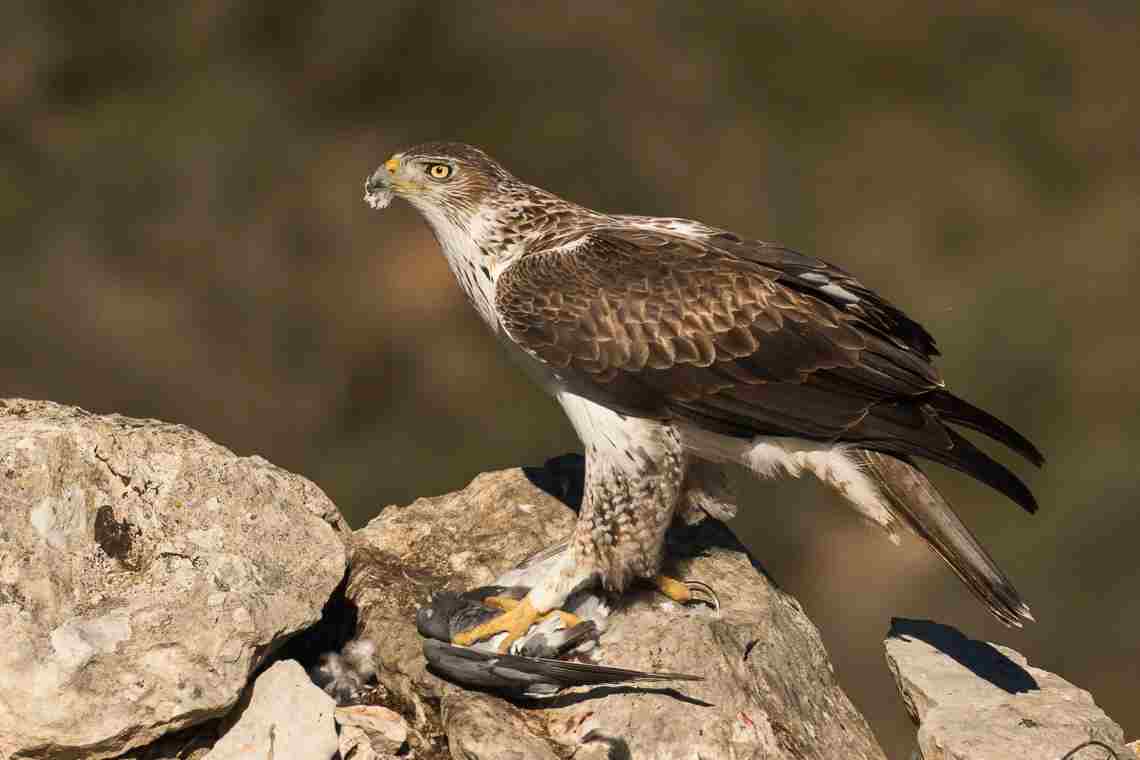
3. Is a Golden Eagle a Carnivore, Herbivore, or Omnivore?
The feeding habits of the Golden Eagle classify it as a carnivore, rather than a herbivore or omnivore.
Golden Eagles are skilled hunters, using their exceptional eyesight to spot their prey from high above in the sky. With lightning speed, they swoop down and snatch their prey using their sharp talons. Their main sources of food include rodents, such as mice, rats, and squirrels, which make up a significant portion of their diet.
In addition to rodents, Golden Eagles also feed on other small mammals like rabbits and hares. These agile hunters are capable of taking down larger prey as well, including foxes and young deer. Their powerful beaks and talons allow them to tear through the flesh of their prey and consume it.
While Golden Eagles primarily feed on meat, they have been known to scavenge for food when the opportunity arises. They may feed on the carcasses of dead animals that were not killed by their own hunting efforts. This scavenging behavior helps them take advantage of available food sources and ensures their survival during times when hunting may be challenging.
It’s important to note that Golden Eagles, like other eagles, have specific dietary preferences that may vary depending on their habitat and the availability of prey. However, their classification as carnivores remains consistent across all populations.
4. Are Eagles Top Carnivores?
Commonly yes, eagles are top carnivores, as they have no natural predators. Eagles are known for their exceptional hunting skills and their ability to dominate the food chain in their ecosystems.
Eagles are powerful predators that primarily feed on meat. They have sharp beaks and strong talons that enable them to catch and kill their prey with precision. Their diet consists mainly of small mammals, such as rodents, rabbits, and hares. These agile hunters can also take down larger prey, including foxes and young deer.
With their keen eyesight, eagles can spot their prey from great distances, even while soaring high above in the sky. Once they have located their target, they swoop down with lightning speed, using their talons to snatch their prey from the ground or water. Their hunting techniques and physical adaptations make them formidable top carnivores in their habitats.
Unlike many other animals, eagles do not have natural predators that pose a significant threat to their survival. Their large size, powerful flight, and sharp talons make them formidable opponents. However, it’s important to note that eagles may occasionally face competition from other predators, such as larger birds of prey or territorial disputes with other eagles.
5. Do Eagles Never Eat Dead Meat?
Yes, eagles can scavenge on dead animals that were not killed by them.
Eagles are primarily known for their exceptional hunting skills and their ability to catch and kill their prey with precision. However, they are also opportunistic feeders and will not hesitate to take advantage of a free meal when the opportunity arises.
When eagles come across a carcass or a dead animal, they may choose to scavenge on it instead of hunting for fresh prey. This behavior is more commonly observed in situations where food is scarce or when the eagle is conserving energy.
Scavenging on dead meat provides eagles with an easy and readily available source of food. It allows them to conserve energy that would otherwise be spent on hunting and capturing live prey.
However, it’s important to note that scavenging is not the primary source of food for eagles. They are highly skilled hunters and prefer to catch their own prey whenever possible. Scavenging is more of a supplement to their diet rather than a mainstay.
6. Is an Eagle Predator or Prey?
Eagles are primarily predators in the animal kingdom. With their sharp talons, powerful beaks, and exceptional hunting skills, they are formidable hunters that prey on a variety of animals. From small mammals like rabbits and squirrels to larger prey such as fish and waterfowl, eagles are skilled at capturing and killing their prey with precision.
While eagles are predators, they may occasionally fall prey to other raptors or terrestrial predators. However, such instances are extremely rare and not a common occurrence in their natural habitat. Eagles are highly skilled at defending themselves and their nests, making them less vulnerable to predation.
It’s important to note that eagles are not naturally prey to any animal. Their size, strength, and hunting abilities make them formidable opponents in the animal kingdom. They are apex predators, meaning they are at the top of the food chain and have no natural predators.
7. Do Bald Eagles Eat Animals?
Bald eagles are known to prey on other animals, just like golden eagles and other raptor species. They are skilled hunters with sharp talons and powerful beaks, which they use to capture and kill their prey. From small mammals like rabbits and squirrels to larger prey such as fish and waterfowl, bald eagles have a diverse diet that consists mainly of animals.
Unlike some other species of eagles, bald eagles are not herbivores. They do not primarily consume plant matter or rely on a vegetarian diet. Instead, they are carnivores, meaning they primarily feed on meat.
Bald eagles have a varied diet that includes fish, birds, mammals, and even carrion. They are opportunistic feeders and will scavenge for food when necessary. While they are known for their preference for live prey, bald eagles will also consume dead animals if they come across them. This scavenging behavior helps them make use of available food sources and ensures their survival in different environments.
8. Can Bald Eagles Eat Eggs?
Bald eagles have a diverse diet that includes not only live prey, but also eggs. Yes, bald eagles can eat eggs, and they do so in various forms. They may consume eggs from the nests of other birds, such as loons, as well as eggs from gravid, oviparous prey. Additionally, bald eagles have been known to eat eggs from domestic birds like chickens.
Interestingly, bald eagles can even eat cooked eggs when they are offered by humans. This highlights their adaptability and willingness to consume different types of food sources when available.
9. Are Bald Eagles Omnivores or Carnivores?
Bald eagles are primarily carnivores, meaning their diet consists mainly of meat. They are skilled hunters and feed on a variety of prey, including fish, small mammals, and birds. Their sharp talons and powerful beaks allow them to catch and kill their prey with precision.
While bald eagles are not classified as omnivores, they do exhibit some opportunistic feeding behaviors. This means that they may occasionally consume non-conventional sources of food when they are readily available. For example, if a bald eagle comes across a carrion or a dead animal, it may scavenge and feed on it. However, these instances are relatively rare compared to their carnivorous diet.
The primary reason why bald eagles are not considered omnivores is that their digestive system is specifically adapted for processing and extracting nutrients from meat. Their digestive tract is shorter compared to omnivorous animals, which allows for the quick digestion of meat. Additionally, their beaks and talons are designed for tearing and gripping meat, further emphasizing their carnivorous nature.
Conclusion
* In this article, we have explored the feeding habits of eagles and answered some common questions about their diet. We started by discussing whether eagles are carnivores or omnivores, and it is clear that they are primarily carnivorous animals. Their diet consists mainly of meat, and they are skilled hunters that feed on a variety of prey such as fish, small mammals, and birds.
* While eagles are not classified as omnivores, they do exhibit some opportunistic feeding behaviors. This means that they may occasionally consume non-conventional sources of food when they are readily available. For example, if an eagle comes across a carrion or a dead animal, it may scavenge and feed on it. However, these instances are relatively rare compared to their carnivorous diet.
* We also addressed the question of whether bald eagles are omnivores or carnivores. Bald eagles, like other eagles, are primarily carnivorous. Their sharp talons and powerful beaks allow them to catch and kill their prey with precision. While they may occasionally scavenge on carrion, their digestive system is specifically adapted for processing and extracting nutrients from meat.
* Another question we explored was whether eagles are top carnivores. While eagles are skilled hunters and occupy the top of the food chain in their ecosystems, they are not considered top carnivores. This is because they primarily feed on smaller prey and are not the apex predators in their habitats.
* We also addressed the misconception that eagles never eat dead meat. While eagles prefer to catch live prey, they are not averse to consuming carrion or dead animals when the opportunity arises. However, this behavior is not as common as their hunting and predation activities.
* Additionally, we discussed whether eagles are predators or prey. Eagles are apex predators in their ecosystems and have few natural predators. However, they can occasionally fall prey to larger predators or face competition from other scavengers for food.
* We also explored the feeding habits of bald eagles specifically. Bald eagles are primarily carnivorous, feeding on fish, small mammals, and birds. They are skilled hunters and have adaptations that allow them to catch and kill their prey efficiently.
* Lastly, we addressed the question of whether bald eagles can eat eggs. Yes, bald eagles can eat eggs, and they are known to prey on the eggs of other birds, including waterfowl and seabirds. This behavior is particularly common during the breeding season when bald eagles need to provide food for their young.
* Eagles are primarily carnivorous animals, with their diet consisting mainly of meat. While they may exhibit some opportunistic feeding behaviors and scavenge on carrion, their digestive system and physical adaptations are specifically adapted for processing and extracting nutrients from meat. Bald eagles, in particular, are skilled hunters that feed on fish, small mammals, and birds. They can also consume eggs when the opportunity arises. Understanding the feeding habits of eagles helps us appreciate their role in ecosystems and their unique adaptations as top predators.
